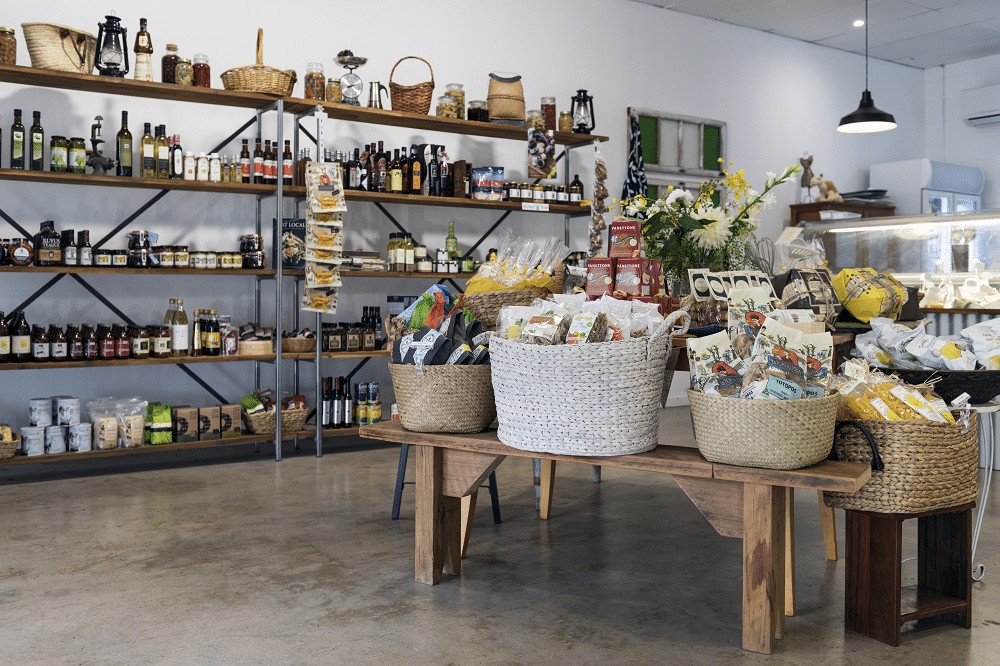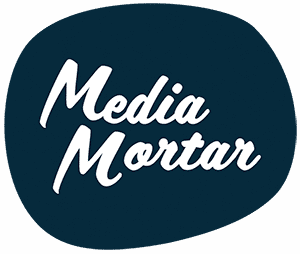
In case you missed it: The Queensland government announced that 2023 is the “Year of Accessible Tourism”, making the Sunshine State all the more inclusive.
In Australia, accessible tourism accounts for 17% of all domestic day and overnight tourism, injecting a cool $13.5 billion AUD into the tourism economy (Source: AusTrade) – a market you can’t afford to ignore.
With accessibility front of mind for marketers and the demand for accessible travel opportunities ever-growing, we’re busy encouraging our clients to cross-check that their content meets accessibility requirements too.
If you want your content to be as inclusive as your service offering, check out these five simple accessibility tips to enhance your content.
1. Use accessible tourism hashtags
Did you know you can add inclusivity hashtags to your social media posts to help your content be found by those searching for accessible tourism offerings?
Hashtags boost social media reach by categorising content to be more discoverable by a wider audience who are interested in accessible tourism.
For added accessibility, capitalise the first letter of each word within the hashtag to improve readability and allow assistive technology to interpret individual words.
Save these hashtags down to use on all your posts: #AccessibleTourism #AccessibleTravel #Accessibility #Inclusion #TravelForAll #AccessibleHolidays #WheelChairTravel #Disability
2. Use alt text on websites and social media

They say a picture is worth a thousand words, but unfortunately for those with a vision impairment, it only applies when alt text is successfully used.
Alt text allows screen readers (an assistive technology that reads out on-screen texts and elements) to provide descriptions about the appearance of visuals when you hover over the image.
When writing for websites or social media, try these alt text best practices to improve the accessibility of your posts:
- Be specific and concise
- If text is a part of the image, be sure to include the words in the alt text as well
- Incorporate your keywords to support your SEO
3. Put visual descriptions on all social media posts

Given that not everyone with vision impairment uses a screen reader, visual or image descriptions on social media posts are a great way to connect with new audiences.
Image descriptions describe the visuals or copy of the posts and sit in the caption visible to everyone.
Like alt text, the best practice for visual descriptions is to be as clear and concise with what you’re describing.
4. Use larger font in printed publications
Nobody wants to be squinting to read tiny text, so it’s important to make sure your content is legible for everyone.
It’s suggested that 12 pt font is the minimum size for readability in body copies, but 16 pt improves the overall readability significantly.
To take a step further, use accessible fonts that are easy to read for all audiences – especially if you’re targeting an older audience.
The most reader-friendly fonts are Helvetica, Courier, Arial, Verdana and CMU (Computer Modern Unicode). When selecting a font, keep in mind that the font you select shouldn’t slow the reader down or make it hard to distinguish between two letters.
5. Showcase diversity in your promotional images and videos

Social media is a two-way street – portraying not just an organisation’s value but also its intended audience.
What we know is that daily representation of diversity attracts a wider range of consumers interested in discovering your destination.
In tourism marketing, the commonly used dimensions of diversity are age, body size, disability, gender and ethnicity.
Before pressing go on your next photoshoot consider the talent you are using and if they adequately represent the whole community. If unsure of sensitivities, ask someone in the community you’re trying to appeal to if your representation is appropriate and accurate – the last thing you want is your inclusivity to feel tokenistic.
While these might seem like small marketing actions, these simple steps to increase the accessibility of content will create big impact overtime.
If you are stuck in increasing your content accessibility, you are always welcome to contact our content marketing experts at Media Mortar for assistance.

By Hannah Statham
Hannah Statham is The Boss at Media Mortar. She’s a heavy weight wordsmith, punching with puns, analogies and metaphors that leave readers wanting more. When she’s not refreshing her Instagram feed, you’ll find Hannah searching for the best gnocchi in town.

Recent Comments